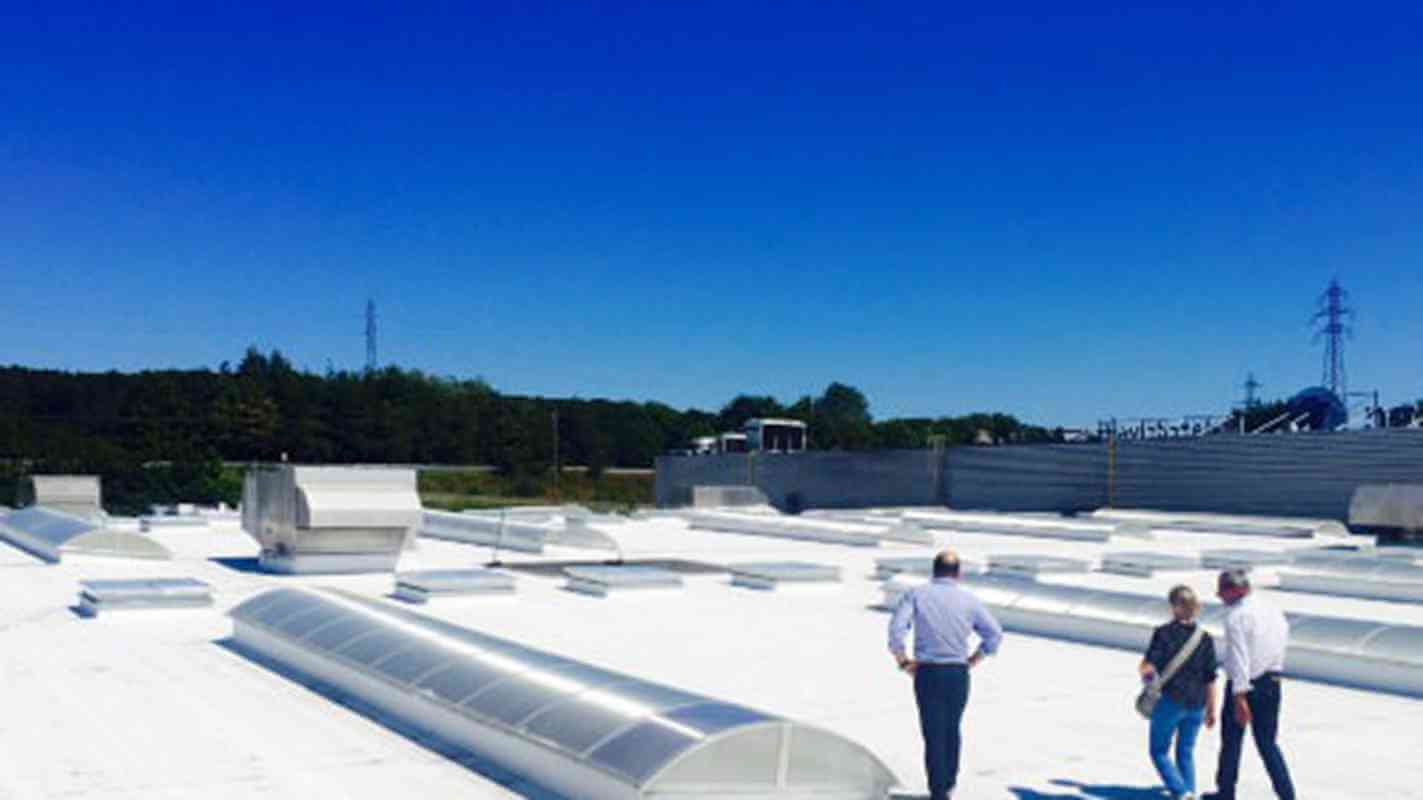The air conditioning unit is the system that assists us in maintaining our environment at the desired temperature. The system is so common that we can feel its effects wherever we go. Our homes, offices, cars, and even contemporary religious institutions have it installed. In essence, it can be applied to both residential and commercial settings.
Air conditioning units have been used since their invention in 1902. With no or little technological advancement, we require an upgrade.
In response to global warming, YI ZHeng, a scientist and a mechanical engineer from Northeastern University, has invented a cooling paper that functions like an air conditioning unit, with the sole purpose of replacing already outdated heating and cooling systems.
How does the cooling paper for your roof work?
The cooling paper is made of natural fiber with tiny microscopic pores that absorb and emit heat. Cooling paper can absorb and reflect sun rays. It is designed to be placed on top of a roof, in a commercial building or any room requiring temperature regulation. Cooling paper can also be incorporated in building design and during construction.
According to the research done by Zheng and his team, the cooling paper can cool a room by 10 degrees Fahrenheit.
The material is also recyclable and can be used repeatedly with a few adjustments.
It means that cooling paper can serve more than one purpose; to reduce the effects of global warming and also maintain a sustainable environment
What is the motivation behind the cooling paper?
When Zheng saw a recycling bin full of waste paper, he was inspired to create a recyclable cooling unit. Using a high-speed blender, he created a sludge out of paper and Teflon material. Out of the pulp, he created a water-resistant paper that can be used to coat walls and roofs. Zheng and his team put the cooling paper through various temperature and humidity tests.
How does cooling paper compare to traditional air conditioning?
Air conditioners are installed in 87 percent of American homes and cost the average homeowner $265 per year. Some households can easily spend twice as much.
With scientists urging everyone to reduce emissions, no one is willing to throw away their air conditioners. More people are installing AC units worldwide due to a lack of alternative technology. In China, for example, a decade ago, the number of air conditioners could be counted; now, there are more air conditioners than homes.
The disadvantages of air conditioners are listed below;
Heat strokes are another issue that can be caused by excessive heat.
- Air conditioners consume a lot of energy. It has financial and environmental consequences for those who must pay for power.
- Air conditioning units are known to cause respiratory disorders.
- Increase global warning
Scientists are investigating ways to reduce emissions that contribute to global warming. New inventions such as this bring us one step closer to the goal. It is clear from the aforementioned that cooling paper for your roof has little to no negative effects; therefore, it is time to replace your AC with cooling paper.
